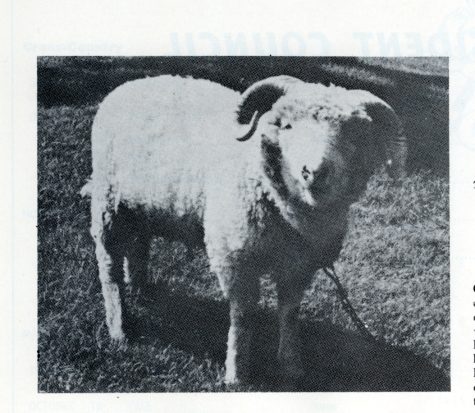Why kill a spider? Butchers slaughter cows for burgers; people squish mosquitoes to prevent being bit; and fishers impale worms to bait fish for food or sale. In some twisted way, each of these deaths procures a beneficiary outcome. With spiders, however, their death serves no function other than malicious content.
As a kid, spiders fascinated me, and I always took extra measures to protect them. Whenever someone would scream in class, pointing aggressively at a spider crawling on the floor, I simply rolled my eyes. I would grab a paper towel and offer to set the spider free outside. The act took less than a minute and, for the spider, it saved a life.
The common house spider — most often found in homes across the United States — roams unseen and is a friendly predator against filthy pests such as mosquitos, beetles and flies. They are peaceful creatures and spin fascinating, intricate webs that are still being studied today by researchers from Johns Hopkins University. The only threatening aspect about most spiders is their quick jumping abilities, and that act is perpetuated more through spooky Halloween decor than the actual spiders themselves.
Spiders’ portrayal in the media also adds to this effect, as they are often placed in the role of adversaries. In “The Hobbit,” a fearsome tarantula stalks the forest, tightly wrapping humans in its silk web; in “Harry Potter and the Chamber of Secrets,” Ron Weasley passes out from fear when introduced to Aragog, the giant spider that protects the woods. Although the spider’s role shifts, Ron’s initial reaction falls into a typical trope of terror.
If they were to go extinct, their demise could trigger our own.
It’s no surprise, then, that a fear of spiders, known as arachnophobia, is quite common. Six percent of the human population suffers from arachnophobia — although there isn’t a verified cause — scientists speculate that children inherit this phobia by witnessing adults overreact to spiders. A second theory is that spiders resemble scorpions, which are deadly as opposed to the common house spider, and our fear is simply a misguided evolutionary response. Nonetheless, poisonous spiders make up only 0.5% of the population and don’t pose a serious threat in North America.
Spiders provide more good than harm; our home is an ecosystem that flourishes because of the presence of spiders. While removal may be necessary if the spider is poisonous, luckily, only two such species exist in New York. Referred to as yellow sac spiders, Cheiracanthium mildei and C. inclusum are small, yellow and pale. Their venom is only moderately poisonous and can cause itchy sores, but the bite is nowhere near fatal. Further, yellow sac spiders prefer upstate New York vegetation, making the city an unsuitable, and therefore unlikely, environment for them to inhabit.
Aside from common house spiders, spiders in the wild play an essential role in the food chain, serving as both a predator and prey. By eating bugs, they minimize the spread of disease, and as food, they provide vital nutrients for birds and other small mammals. If they were to go extinct, their demise could trigger our own.
Rudy Fransico, an American spoken-word poet and writer, once said, “I take a cup and a napkin. I take the spider, put it outside, and allow it to walk away. If I am ever caught in the wrong place at the wrong time, just being alive and not bothering anyone, I hope I am greeted with the same kind of mercy.” In general, we could all develop greater compassion for the insects in our homes. This is not to say that their presence is welcoming, but simply removing them from the area by hand or cup can prevent an unnecessary death.

















